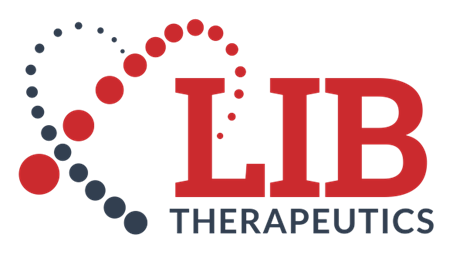Why are new low density lipoprotein-cholesterol lowering treatments needed?
Levels of atherogenic low density lipoprotein (LDL) cholesterol are often elevated in patients at high risk of cardiovascular (CV) death and disability. Effective lowering of LDL cholesterol is the cornerstone of effective intervention strategies, as reinforced by guidelines.1 2 3
Why is statin treatment insufficient in many high cardiovascular risk patients?
There is indisputable evidence that statins reduce the risk of CV disease, both in patients without or with a previous heart attack or stroke.4 5 6 Studies also show that lower LDL cholesterol levels achieved with intensive statin therapy result in greater reduction in CV risk.7 However, many statin-treated patients fail to achieve guideline-recommended reduction in LDL cholesterol levels to adequately reduce their risk of CV events. Statins alone or even in combination with other lipid modifying therapies may be unable to sufficiently lower LDL cholesterol in patients with serve dyslipidaemia e.g. those with familial hypercholesterolaemia. Additionally, some patients may not be able to tolerate statins at the required higher doses because of side-effects.
Which patients need new low density lipoprotein-cholesterol treatments?
Clinically important groups of patients are often inadequately managed with current therapies and remain at a high risk of CV events and premature CV death. These include:
- People with familial hypercholesterolaemia (FH)
FH is now recognised as the most commonly occurring genetic disorder in the world.8 If inadequately treated, people with FH are at very high risk of CV events, due to very high levels of LDL cholesterol. These patients require intensive lifelong therapy to achieve recommended LDL cholesterol goals of <3.5 mmol/l in children, and in adults, <2.5 mmol/l or <1.8 mmol/l in those at the highest risk.9 10 However, only 1 in 5 of these patients achieve these LDL cholesterol targets on current therapy.11 These data highlight an unmet clinical need for additional treatment options.
- Patients who cannot tolerate statins Although statins are effective drugs, patients treated in routine practice commonly complain of side effects, mainly muscle symptoms.12 13 14 Statin-associated muscle symptoms contribute significantly to high rates of non-adherence and discontinuation from statin treatment.15
- Patients with cardiovascular disease who fail to achieve LDL cholesterol targets on current therapy Many high-risk patients on statins do not achieve current LDL cholesterol goals recommended in guidelines. Although progress has been demonstrated in US and European surveys, up to 50-60% of patients receiving statin therapy failed to reach their LDL cholesterol target.16 17 18 19
Discovered in 2003,20 PCSK9 is a protein made by the liver which increases the removal of LDL receptors from the surface of liver cells. These LDL receptors are critically important in removal of serum LDL-cholesterol from the circulation. Trials show that these PCSK9 inhibitors reduce LDL cholesterol levels by about 50-60 percent - a significantly greater effect than that achieved with currently available therapies – either when given alone or in combination, in a range of patients.21
Regulatory approval of these new LDL cholesterol lowering treatments offers new hope for addressing unmet clinical needs in patients with FH, statin intolerance or at high CV risk who fail to achieve LDL cholesterol goals.
References








